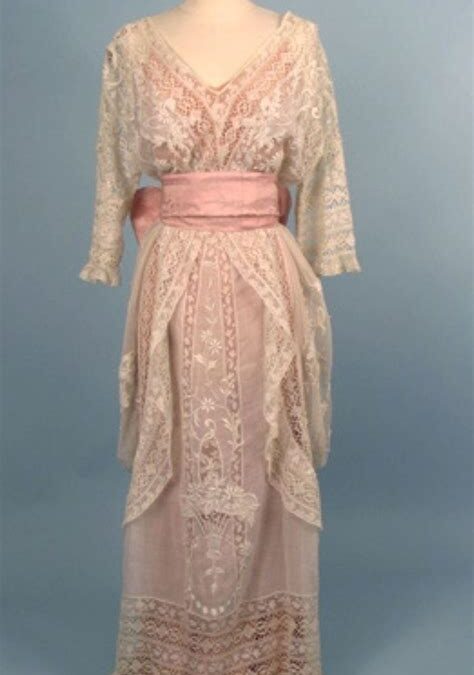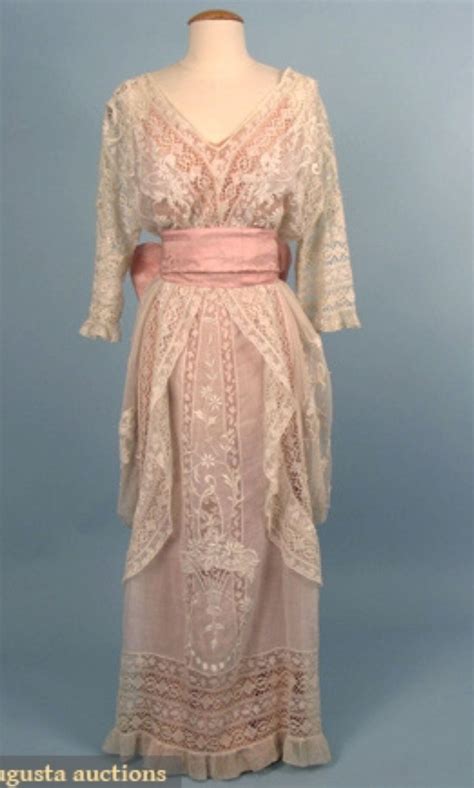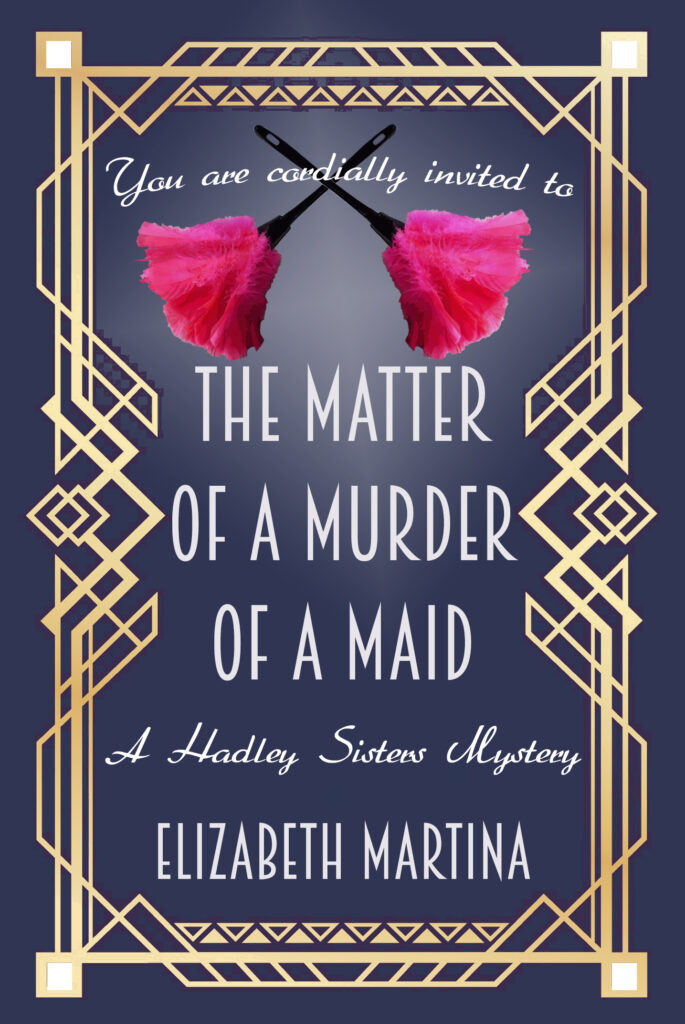
COSTUME DETAILS FOR WRITERS–1910s LADIES

COSTUME DETAILS FOR WRITERS:
1910s LADIES
The “Belle Epoque” is a nickname for the 40 years or so ending with the Edwardian era. That was the reign of King Edward of England, the son of Queen Victoria. He reigned less than 10 years but is famous for that short, elegant era. The epitome of high society and the destruction of said society were all contained in that generation.
The Gibson girl was the design of the “ideal” woman in the 1890s by cartoonist-fashion artist Charles Dana Gibson. He claimed his pictures were the synthesis of thousands of American women. These women were presented as tall, willowy with an S-curve to their spine, thrusting out their top halves, via corsets, to present their femininity. The style stuck for almost 20 years. In addition to the pompadours, the upswept hair of each Gibson girl, which became more exotic with the years, and the hats, which became more unwieldy, the dresses became more elaborate. The first half of the 1910s decade was a celebration of ostentation.
The socially prominent woman was obligated to change dresses four times a day. The morning outfit was usually a plain dress or morning suit. Then there was the afternoon dress for lunch. The casual dress, of cotton or linen, was for afternoon tea and the evening gown, often of silk, for those formal dinners. The woman who had to change that many times needed different under garments for the various fashions. No wonder she needed a ladies’ maid to help.
The accent at the beginning of the decade was on pretty, petite and sedate. That meant delicate pastel colors, or whites, with laces, ribbons and feathers. High waisted, or Empire-waisted dresses were the mark of the first few years. If a dress or tunic top had a V-neck, a blouse was worn underneath. Tunics over long, straight skirts were very popular. Jackets and ties were even introduced into business attire, but with skirts And corsets continued the stilted Gibson girl look with the limited movement. Waistlines started high then gradually lowered throughout the decade.
High necklines and longer sleeves were the requirements for daytime. For evening, a sleeveless gown was accompanied by a shawl draped around the shoulders and elbow-length gloves. The designers went crazy with gossamer and peculiar dyes for various effects.
The skirts in the first half of the decade were to the top of the shoe. The second half of the decade saw a shortening to mid-calf, for the first time. Skirts were losing their fullness and tended to be straight, with dresses columnar in shape, also losing the waist definition. The “hobble” skirt saw a brief surge of popularity around 1913-1914. But the hem was not conducive to walking. Pleats and slits were brought in to help the woman get around. Every year the styles changed as if in a surge to be ahead of the common people. The styles went from columnar to waisted to columnar again.
The trend was towards simplicity by the beginning of the war. Women had to get out and work the jobs the men left behind. They needed comfort and flexibility to do those jobs. The styles became simpler to wear, and to put on. Even the high society ladies followed the innovations, empathizing with the workers. Colors got darker, earthier, like copper, navy and greys, in keeping with the somber times of the Great War. Corsets were eliminated by many to free up movement. The waist-less outfits did not need them.
Sports for women had opened up. Women could play both golf and tennis, wearing white skirts to below the knee, white sweaters, blouses and stockings. And, thanks to Keds, they had white sneakers to make movements easier.
Swim outfits existed, but they were bulky. Made of wool, a woman had a dress to just above the knee, clingy pants (or footless stockings, not unlike long johns). These outfits sucked in water and were not very practical, since they would sag when wet.
The middle-class women, those most likely to be in the factories, especially clothing manufacturing, wore basic shirts and skirts to work, saving the dresses til Sunday.
Everyone, who could, wore hats when they went out. The large hats, with voluminous decorations were very popular for several years. Winter and fashionable hats were decorated with feathers and beads and were made of wool felt, straw or fur. Then, the war got underway. In keeping with the new style of simplicity, the hats began to shrink in size and décor. Straw boater hats became popular in the summer. Small brimmed hats, decorated plainly, were worn in the winter.
As long as skirts stayed long, the typical feminine boot, which looked like a pump over white socks, was worn, except for evening wear. But, once the skirts rose, showing ankle and some stocking, the shoes took on the look of today, looking similar to pumps.
Next time we will talk about men’s and children’s styles from the 1910s.


Recent Comments